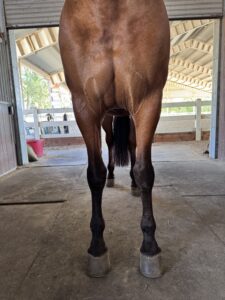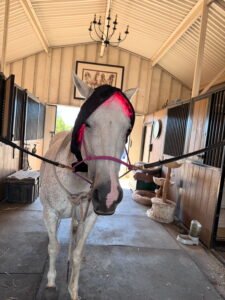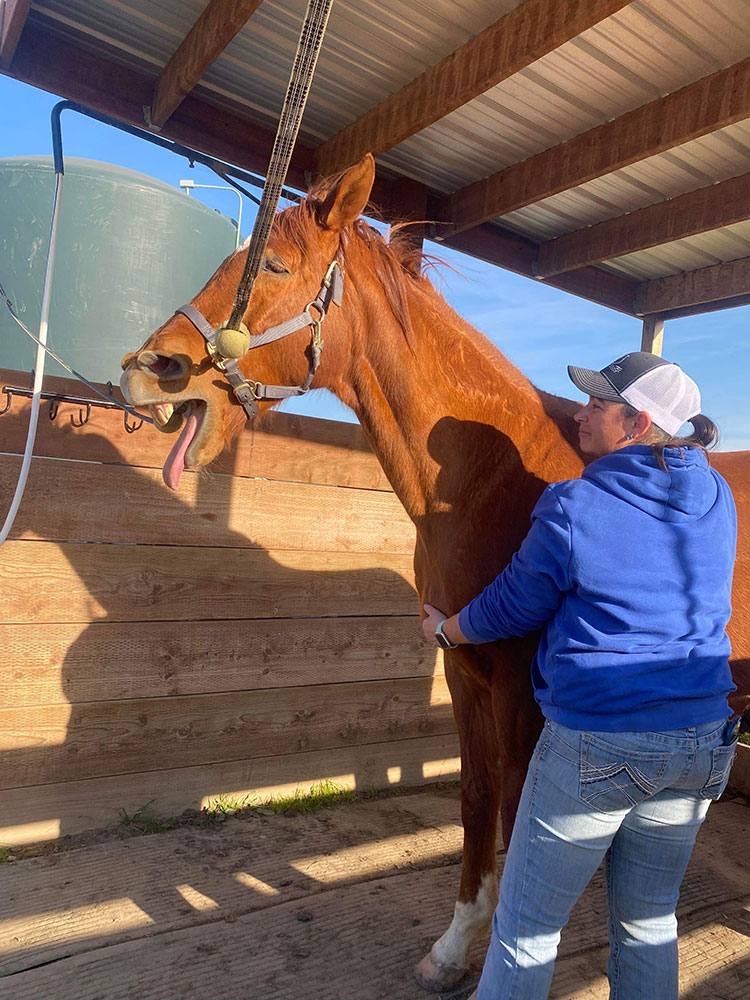Maximizing Equine Performance and Recovery Through Strategic Massage Scheduling
Introduction
For performance horses,  massage therapy is not just a luxury—it is an essential part of their overall conditioning and wellness program. The strategic timing of massage sessions can make a substantial difference in your horse’s ability to perform at its best and recover efficiently after demanding events. Understanding how to integrate pre- and post-event massage into your horse’s routine ensures both peak performance and long-term soundness.
massage therapy is not just a luxury—it is an essential part of their overall conditioning and wellness program. The strategic timing of massage sessions can make a substantial difference in your horse’s ability to perform at its best and recover efficiently after demanding events. Understanding how to integrate pre- and post-event massage into your horse’s routine ensures both peak performance and long-term soundness.
Before the Event: Setting the Stage for Performance
A pre-event massage session is designed to ready the horse’s body for the physical and mental demands of competition. The primary goals are to:
· Increase circulation in key muscle groups, promoting oxygen and nutrient delivery
· Warm up soft tissue, making muscles more pliable and responsive
· Enhance range of motion, particularly through the shoulders, hips, and back
· Activate underused muscles, supporting better symmetry and balance
· Promote relaxation and mental focus, reducing pre-event anxiety
(Find more signs your horse needs a massage here.)
 Timing is critical. Most horses benefit from a light massage 48 to 72 hours prior to competition. This window allows their bodies to process any mild soreness that might arise from the session, while still enjoying the benefits of increased flexibility and reduced tension when they step into the arena.
Timing is critical. Most horses benefit from a light massage 48 to 72 hours prior to competition. This window allows their bodies to process any mild soreness that might arise from the session, while still enjoying the benefits of increased flexibility and reduced tension when they step into the arena.
After the Event: Recovery and Reset
Once the event has concluded, the focus shifts to recovery. High-intensity runs, tight turns, and the stress of travel can leave muscles fatigued and tense. Post-event massage therapy aims to:
· Reduce muscle fatigue and soreness caused by lactic acid buildup
· Support lymphatic drainage and improved circulation, aiding in the removal of metabolic waste
· Identify and address new areas of tightness before they develop into compensatory movement patterns or injuries
To maximize recovery, schedule the post-event massage within a few days after the competition, once your horse has cooled down and rehydrated. This prompt intervention acts as a “reset” for the musculoskeletal  system, helping your horse to return to regular training refreshed and free of lingering stiffness.
system, helping your horse to return to regular training refreshed and free of lingering stiffness.
The Balance Between Both: A Cycle of Preparation and Recovery
An effective performance program recognizes the importance of both pre- and post-event care. Pre-event sessions prime the horse for optimal readiness, while post-event work supports thorough recovery. Together, they show a beneficial cycle: prepare → perform → recover. Maintaining this balanced approach is key to keeping your equine athlete comfortable, confident, and consistently performing at their best.
When to Book: Planning for a Healthy Season
If your horse is entering a busy competition or hauling season, proactive scheduling is essential. Consider setting up a monthly or bi-monthly massage routine, with adjustments made to accommodate show weekends and travel. This regular bodywork helps keep muscles balanced, reduces the risk of injury, and ensures your horse stays in peak condition throughout the season.
Conclusion
Timing matters when it comes to equine massage therapy. By thoughtfully incorporating both pre- and post-event sessions into your horse’s care plan, you are investing in their immediate performance and long-term well-being. With the right schedule, your horse can face the demands of competition with agility and recover with ease—setting the stage for continued success in and out of the arena.
 Book an appointment with SLBH Equine Bodywork before your next show, clinic, or event at EquiPro Connect.
Book an appointment with SLBH Equine Bodywork before your next show, clinic, or event at EquiPro Connect.

